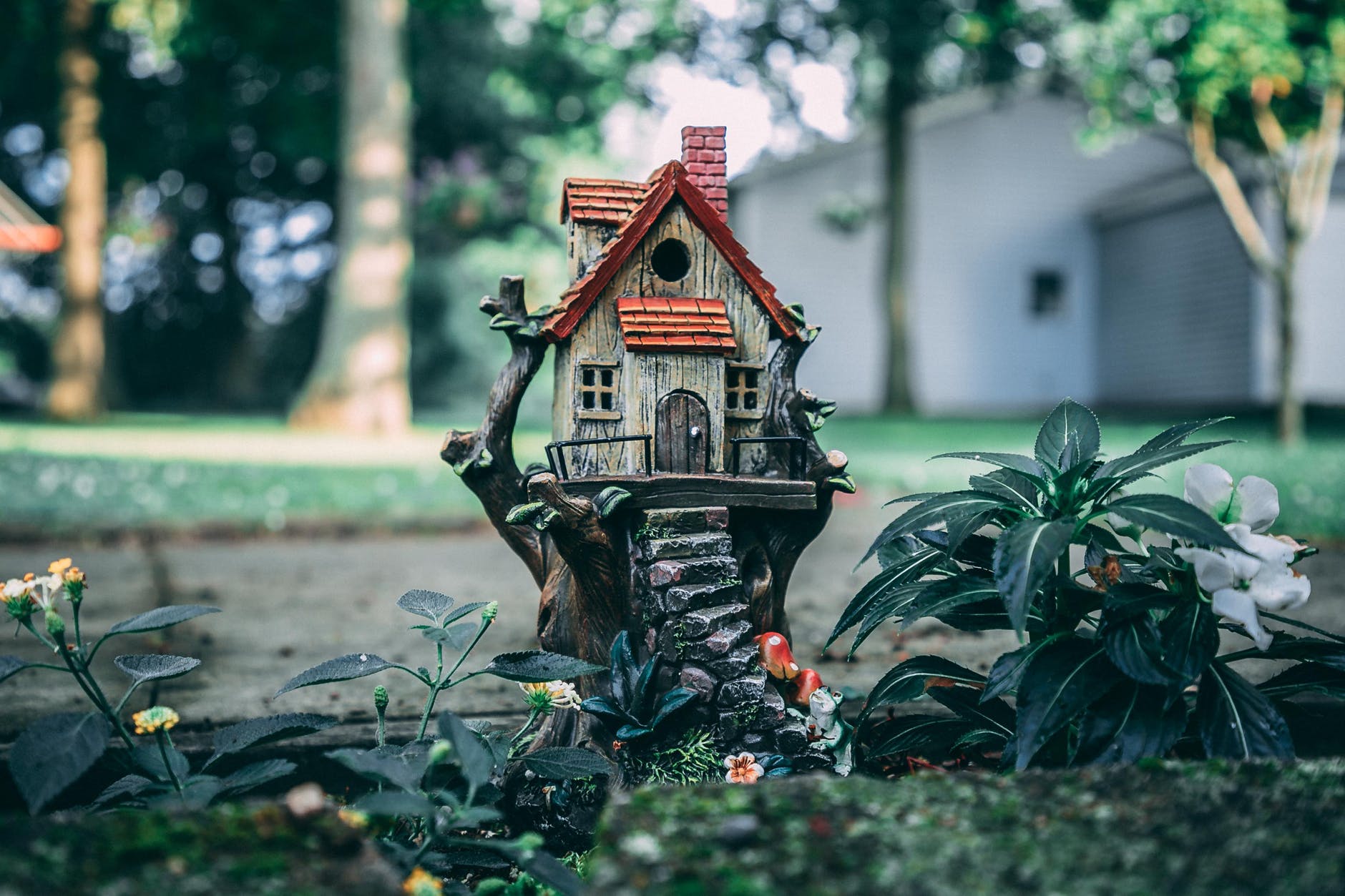
7 Energy-Efficient Options To Heat Your Home

This is a contributed post and may contain affiliate links
With autumn and winter drawing closer, it’ll soon be time to crack on the heating! As concerns for our environment increase, choosing the right heating system is more important. To reduce your carbon footprint, you may wish to consider environmentally friendly heating options. There are several possibilities available for those who want to make a greener energy switch.
Panel heaters
These are electric heaters which are flat and resemble panels. Panel heaters are a great energy-efficient option to keep your home nice and warm. Sometimes, older radiators can be somewhat inefficient in terms of energy. They may need to use up lots of water to heat a room. Opting for a panel heater could end up saving you money in the long run. Panel Heaters can heat a room quickly, and you can easily move the free-standing versions around. Panel heaters produce no carbon emissions, and they are relatively low maintenance too. You can place the heating system on a timer to control your energy usage across your entire home. Free-standing panel heaters can be useful for those who complete work in an out-house or shed. If you’re someone who does this, you may require a portable heater option.
Air source heat pumps
Air source heat pumps work by absorbing heat from the air outside. The heat absorbed can then be used for hot water, radiators or underfloor heating.The heat which is extracted is naturally renewed ongoing. These types of heating systems produce far more heat than the energy that they consume. One of the key advantages of air source heat pumps is that they are very durable. These pumps have a lifespan of around 20 years. They are quick and easy to install and can also provide cooling in the summer. The issue is that air source heat pumps are generally a significant financial investment. Air source heat pumps are so eco-friendly that many people view the investment as worthwhile. Another problem is that if your home is on gas mains, these systems are not always viable.
Solar water heating
This type of heating involves fixing solar panels to the roof of your home. The panels function to collect heat from the sun and then heat water stored in a cylinder. Solar water systems operate by a flat plate collector or a bank of glass tubes. Installing larger solar panels can also contribute to heating the rest of your home. You’ll find that your energy bills reduce (after all- sunlight is free)! Solar water heating lowers your carbon footprint and provides a water system throughout the entire year. If you install solar panels, you are eligible to claim a renewable heat incentive. A renewable heat incentive scheme means that you’ll gain a cash payback for generating your own heat energy.
Geothermal heating
Geothermal systems work by tapping into the natural heat of the earth and then transferring this to heat houses. Underneath the earth’s surface, there exists energy which can be accessed for this purpose. Geothermal systems extract hot water, steam, or even magma to generate energy and heat. Geothermal energy is reliable because it can be accessed via a source underground across all seasons. A geothermal heat pump does not use as much space as a traditional heating system. A further benefit is that you can opt for cheaper versions. You can choose a system depending on the heating needs of your home. Geothermal heat pumps are also referred to as ground source heat pumps.
Electric radiators
Electric radiators function via an electric resistor that converts electrical energy into heat. Often these types of heaters can maintain a good temperature using minimal power. You’ll find an electric radiator to be both eco-friendly and cost-effective too. It’s a commonplace that energy can escape via boiler-based heating systems. Electric heaters automatically convert electricity into heat. Due to this, no energy is wasted. By choosing these heaters, you can control the specific temperature of each room. This is beneficial to minimise wasted heat. Electric radiators have no risk of carbon-monoxide fumes or bursting pipes like traditional radiators.
Electric heating is inexpensive and easy to install. There will be minimal disruption to your day- to- day and no messing around with pipework! An electric radiator also means no more boiler service fees or plumbing expenses. When time is precious, you’ll likely welcome any maintenance-free options around the home. If your boiler breaks down, you’ll still see the winter through in comfort and peace!
Biomass heating systems
These are wood-fuelled systems which function by the burning of pellets or logs. The burning of the wood powers central heating systems or heats water in the home. If you opt for a biomass heater, you’ll also save money on your heating costs. Biomass heating systems only release as much carbon dioxide as the trees previously absorbed during growth. If new trees are planted to replace those burnt, it’s considered efficient. Biomass heating systems are regarded highly because they also reduce levels of pollutants.
Biomass systems do require some maintenance in the form of sweeping and keeping them clean by removing ash. If you are using logs instead pellets, you’ll need to clean the ash more often. With a wood-fuelled heating system, you can opt for a stove or a boiler. Stoves are ideal if you are simply heating a single room. A boiler will also be able to provide hot water for your home. You’ll also need to decide on the type of wood to burn. You will have to fill up log-burning heaters manually; however, pellet and chip burners function automatically.
Underfloor heating
Underfloor heating works by warm water that flows through a circuit of pipes underneath the flooring. There is also electric-based underfloor heating which operates via a network of wires. Thermostats work to maintain a consistent temperature. You can use biomass boilers, heat pumps, stoves, or standard heating. Underfloor heating is a very comfortable option because the heat is always distributed equally in each room. The heating system is not visible (so your home can end up looking more stylish without the radiators)! One of the criticisms is that it can end up being pretty expensive. With this in mind, you’ll want to consider your budget. With so many different options available, it’s just about doing a bit of research. Doing so can help you to determine which option would best suit your home.
Further ideas to save heat & energy
Being energy efficient isn’t just about choosing the correct heating system. It’s also about taking steps to save heat and energy in your daily life. It’s a good idea to check your loft and wall insulation. Improving these could save you energy and expenses. If you have older windows in your home, it’s a great plan to invest in double or triple glazing. Such an investment is another way to reduce heat loss. Another approach is to ensure that your light bulbs are all energy efficient. LED light bulbs are far more energy saving compared to traditional light bulbs. LED light bulbs are also more durable and safer. An energy monitor can be an excellent way to gauge how much energy you are using. Energy monitors will give you this info via each appliance. Having this kind of data can help you to make adjustments to save power and money too.
There are plenty of other gadgets for the home that focus on less waste. Water-saving showerheads, for example, can help you to reduce water consumption. These showerheads come in two types: non-aerating and aerating. Non-aerating function via restricting the water by forcing it through smaller holes. Aerating work by combining air and restricted flow. Eco-kettles and electric composers are also excellent products for reducing waste in the kitchen.
If you are using radiators, it’s not a good idea to use them to dry your clothes. Doing so can mean that you are reducing the quantity of heat produced there. The boiler will be over working, and energy will be wasted. It’s better to use a drying rack in order to dry out your clothing.
Conclusion
Lastly, straightforward steps like turning off lights and computers when not in use helps to save energy. A little goes a long way. Once good routines are in practice, they become second nature! The first thing to do is to determine your budget. If you have a shop around you may find that you can get a cheaper deal on your electricity. Renewable energy solutions are now often less expensive. (Perhaps as an incentive to get everyone going greener! ) You can help your family to make greener choices while you’re at it. Working together as a household will make the routine easier!
